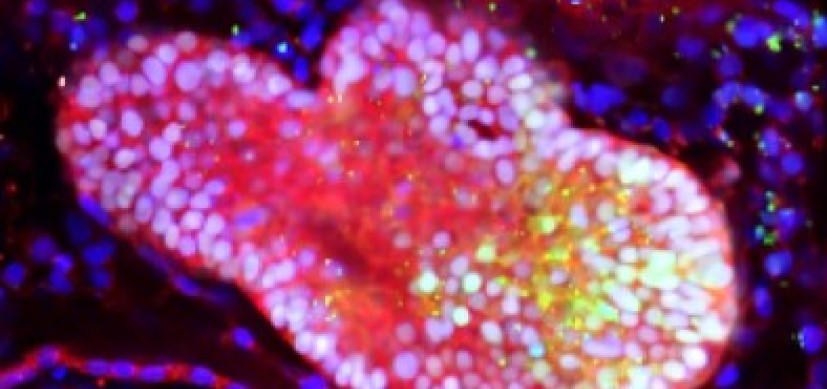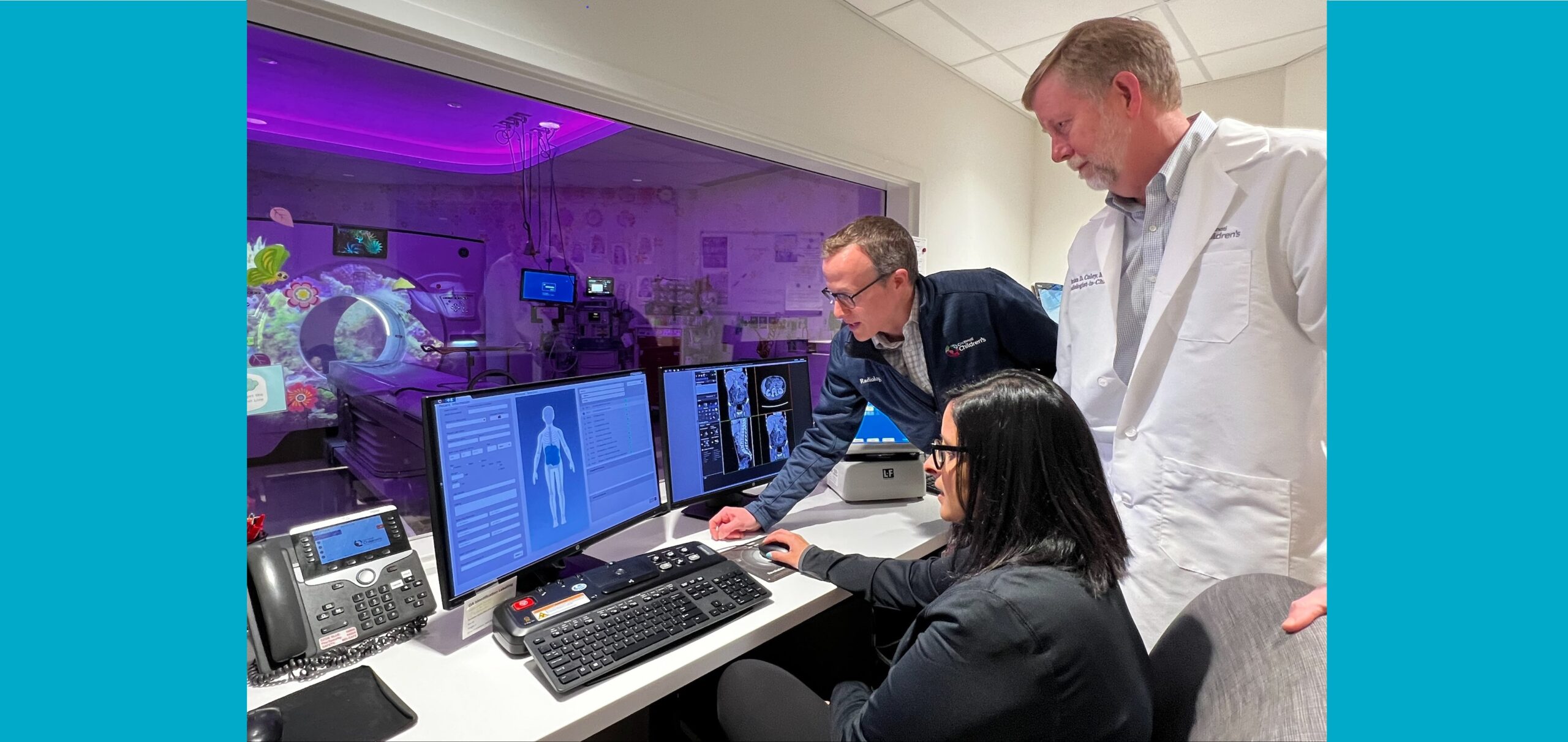Better AWAREness of Acute Kidney Injury Could Transform Intensive Care
Research By: Stuart Goldstein, MD
Post Date: June 30, 2019 | Publish Date: Jan. 5, 2017

The study’s findings already have inspired practice changes at Cincinnati Children’s and at several other centers involved in AWARE
A powerful set of data from a globe-spanning study may spark a new way of thinking about preventing an often-overlooked cause of death for children receiving intensive care.
“Traditional teaching long held that patients who died in ICU settings tended to die with acute kidney injury, not from it,” says Stuart Goldstein, MD, Director of the Center for Acute Care Nephrology. “Now clinicians and researchers are beginning to understand that acute kidney injury is an independent risk factor for mortality.”
Goldstein was the architect of an eye-opening study, published Jan. 5, 2017, in The New England Journal of Medicine, that lays out the numbers in unprecedented detail. The study included 4,600 patients at 32 medical centers across four continents. The team’s findings challenge intensive care experts to take bolder steps to detect AKI earlier and to act faster to prevent organ failure and death.
Regardless of why they were admitted, a surprising 26.9 percent of children in ICU settings develop AKI, defined as an acute decrease in kidney function, while in the hospital. AKI tends to occur within the first four days of admission. Worse, plasma creatinine levels, the most common test for AKI, fails to detect as many as two-thirds of high-risk cases.
BETTER TESTING FOR ACUTE KIDNEY INJURY, BETTER CARE
The good news: low-cost urine output monitoring can detect early signs of AKI—as long as bladder catheters are allowed to stay in place.
When either plasma creatinine or urine testing signals the presence of AKI, doctors can act in several ways, Goldstein says.
For example, care teams can adjust dosages of known nephrotoxic drugs. These can include certain antibiotics, COX-2 inhibitors, NSAIDs, certain chemotherapies, and others.
In some patients, increasing fluid intake can help protect the kidneys. In other cases, restricting fluids is necessary when the severity of AKI is high. Meanwhile, doctors can start dialysis for some patients at an earlier point in their overall treatment, Goldstein says.
MASSIVE UNDERTAKING, BIG RESULTS
Goldstein and his team worked to convince 32 medical centers in the U.S., Australia, Asia and Europe to participate in the Assessment of Worldwide Acute Kidney Injury, Renal Angina, and Epidemiology (AWARE) study. Each center conducted its work within three-month windows during 2014.
The large number of centers and the narrow timeframe were vital, Goldstein says.
“In previous single-center studies, the study populations have been limited to fewer than 300 patients and/or from data gathered over five to 10 years,” Goldstein says. “Many practice changes can occur in that time, potentially distorting the results. Also, once the data is assembled, questions can remain about whether the findings apply beyond that single institution.”
The AWARE study screened more than 6,800 patients, which led to 4,683 patients for whom the researchers successfully gathered 28-day outcome data. The study also controlled for 16 co-variates that could have contributed to morbidity and mortality, including various causes of ICU admission and underlying conditions.
The project reflects the value of international cooperation and the power of modern communications.
“It was a true community effort,” Goldstein says. “All of the investigators participated for free. We functioned well as a team even though I never personally met about a third of our co-investigators.”
CHANGING PRACTICES TO TREAT ACUTE KIDNEY INJURY
The study’s findings already have inspired practice changes at Cincinnati Children’s and at several other centers involved in AWARE. Lessons learned and next steps include:
- Clinical teams strive to keep Foley catheters in place for first three to four days after ICU admission. The risk of infection from the catheter tends to be less severe than the risk of missing AKI.
- Care teams need good data from both urine monitoring and creatinine tests, Goldstein says. Meanwhile, Cincinnati Children’s plays a leading role in developing a new generation of urine biomarker tests, including NGAL, to detect early-stage kidney injury.
- Cincinnati Children’s also has developed, validated and has begun integrating a new AKI risk screening system, the Renal Angina Index, that directs when the new biomarker tests should be applied.
“Our hope is to develop a comprehensive clinical decision support system for managing acute kidney injury that will help clinicians to act before damage is done,” Goldstein says. “Our goal is to demonstrate that such a system can work here, then we can work to share it more broadly with other medical centers.”
| Original title: | Epidemiology of Acute Kidney Injury in Critically Ill Children and Young Adults |
| Published in: | New England Journal of Medicine |
| Publish date: | Jan. 5, 2017 |
Research By








